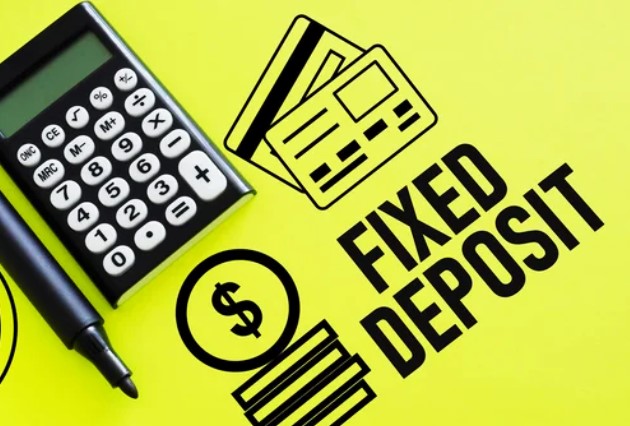Short Term FD vs Long Term FD: Where Should You Invest?

When it comes to investing your hard-earned money, one of the most popular options that many people consider is Fixed Deposits (FD). FDs provide a safe and stable way to grow your savings while earning interest. However, one crucial decision you'll need to make is whether to opt for a short term FD vs long term FD. In this blog, we'll explore the differences between these two investment options, along with their respective benefits, to help you make an informed decision.
Let us explore the topic at hand in the following sections:
- ➔ What is Short Term FD?
- ➔ What is Long Term FD?
- ➔ Short Term FD vs Long Term FD
- ➔ FAQs
- ➔ Conclusion
What is Short Term FD?
Short term Fixed Deposits are financial instruments where you invest a specific amount of money with a financial institution for a relatively short duration, typically ranging from a few weeks to a couple of years. These investments offer a fixed interest rate for the chosen tenure. The principal amount and the interest earned are returned to the investor upon maturity.
Short term FDs are often favored for their liquidity and flexibility. They cater to individuals who want to park their surplus funds for a brief period and still earn a reasonable return without tying up their money for a long time.
What is Long Term FD?
Long term Fixed Deposits, on the other hand, involve investing your money with a financial institution for an extended period, often ranging from a year upto 10 years. Similar to short term FDs, long term FDs also offer fixed interest rates for the entire tenure, and the principal amount matures along with the accumulated interest.
Long term FDs are typically chosen by those who have a more extended investment horizon and want to build wealth over time. These investments provide stability, steady growth, and may offer certain tax advantages.
Short Term FD vs Long Term FD
Investing your money is a decision that involves not only choosing the right financial instrument but also determining the duration for which you wish to commit your funds. The question of whether to opt for a short term FD or a long term FD can significantly impact your investment strategy. So let us explore the differences between short term and long term options so that you make an informed decision about where to park your hard-earned money:
Benefits of Short Term FD
Following are the most significant advantages of investing in a short term FD:
1. Liquidity:
Short term FDs are highly liquid, making them an excellent choice for individuals who may need access to their funds in the near future. You can break your short term FD without incurring significant penalties, making it ideal for addressing unexpected financial needs.
2. Interest Rate Flexibility:
Short term FDs offer the advantage of being able to take advantage of changing interest rates. If interest rates rise, you can reinvest your funds at the new, higher rate when your short term FD matures.
3. Reduced Interest Rate Risk:
With short term FDs, you are less exposed to interest rate fluctuations. If rates decline, your investments are not locked in for an extended period, allowing you to reinvest at higher rates when the market improves.
Benefits of Long Term FD
While short term FDs have their benefits, long term FDs have greater number of promising advantages over its counterpart:
1. Higher Interest Rates:
Long term FDs typically offer higher interest rates compared to their short term counterparts. This can result in significantly more interest income over time, helping your money grow more effectively.
2. Stability and Predictability:
Long term FDs provide a stable and predictable source of income. Investors seeking a regular income stream or those planning for long term financial goals can benefit from this predictability.
3. Tax Benefits:
In many countries, long term FDs come with tax benefits, such as lower tax rates on interest income, making them an attractive option for tax planning and wealth accumulation.
4. Compounding Growth:
Long term FDs allow your money to grow through the power of compounding. The interest you earn is reinvested, leading to exponential growth over time.
5. Retirement Planning:
Long term FDs are often used for retirement planning, ensuring a steady income stream during your post-employment years.
Conclusion
Ultimately, the choice between short term and long term FDs depends on your financial goals, risk tolerance, and liquidity needs. Short term FDs are ideal for those who need flexibility and access to their money in the short run, such as for emergency expenses or short term goals. In contrast, long term FDs are better suited for individuals looking to accumulate wealth steadily over time, seeking stable income, or planning for retirement.
It's essential to carefully assess your financial objectives, risk tolerance, and time horizon before making an investment decision. Diversifying your investments with a combination of both short term and long term FDs may also be a wise strategy to balance liquidity and long term growth. Finally, invest your money with reliable partners, such as Unity Bank’s Fixed Deposits, to ensure that your investing journey is absolutely seamless.